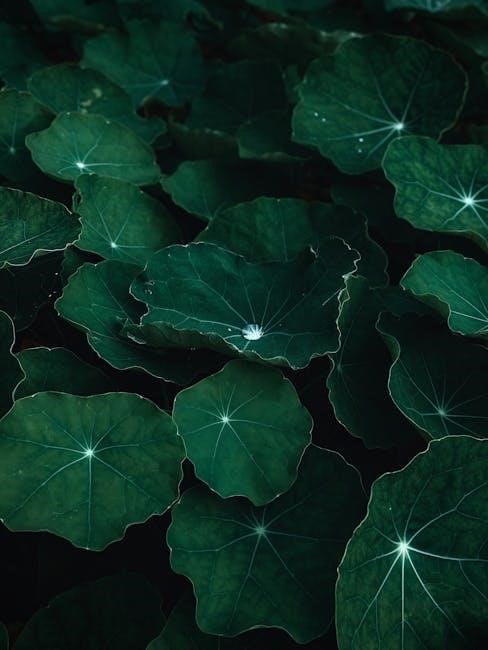Garden Cube Hydroponics offers a space-efficient, soilless growing method using nutrient-rich water. Perfect for indoor gardening, it allows users to cultivate fresh herbs, vegetables, and fruits effortlessly, making it ideal for beginners and urban growers seeking a sustainable, modern approach to fresh produce.
What is Hydroponics?
Hydroponics is a modern method of growing plants without soil, using nutrient-rich water to deliver essential minerals directly to the roots. This soilless cultivation technique relies on precise nutrient solutions, oxygen, and water to promote healthy plant growth. Unlike traditional gardening, hydroponics systems like the Garden Cube optimize space and resources, making them ideal for indoor gardening. By eliminating soil, hydroponics reduces water consumption and increases crop yields while minimizing environmental impact. The system prevents overwatering through float devices that block excess water, ensuring plants receive the right amount of moisture. Hydroponics is versatile, supporting various setups, from small home gardens to large-scale agricultural operations, and is particularly popular for growing fresh herbs, vegetables, and fruits year-round. Its efficiency and adaptability make it a sustainable choice for modern growers;
Overview of the Garden Cube System
The Garden Cube System is an innovative, compact hydroponic solution designed for indoor gardening. It features a portable, self-watering design with a drainage hole, making it easy to maintain and move. Manufactured from lightweight, durable plastic, the system is both foldable and space-efficient, ideal for small spaces like apartments or offices. The Garden Cube allows users to grow a variety of plants, from leafy greens to herbs, using a nutrient-rich water solution rather than soil. Its intelligent design includes a float device that prevents overwatering by blocking excess water once the desired level is reached. This system is user-friendly, requiring minimal assembly and maintenance, and is supported by detailed instructions for optimal setup and operation. The Garden Cube’s versatility and ease of use make it a popular choice for both beginners and experienced hydroponic growers.
Benefits of Using a Garden Cube for Hydroponics
The Garden Cube hydroponic system offers numerous benefits for indoor gardening enthusiasts. Its portable and foldable design makes it ideal for small spaces, while the self-watering feature ensures plants receive the right amount of moisture. The system’s drainage hole and float device prevent overwatering, promoting healthy root growth. Made from durable, eco-friendly materials, the Garden Cube is a sustainable choice for growing fresh herbs, vegetables, and fruits year-round. It requires minimal space and maintenance, making it perfect for urban dwellers without access to outdoor gardens. Additionally, the system supports healthy plant development by providing consistent nutrient delivery, and its easy assembly ensures a hassle-free setup process for users of all skill levels.
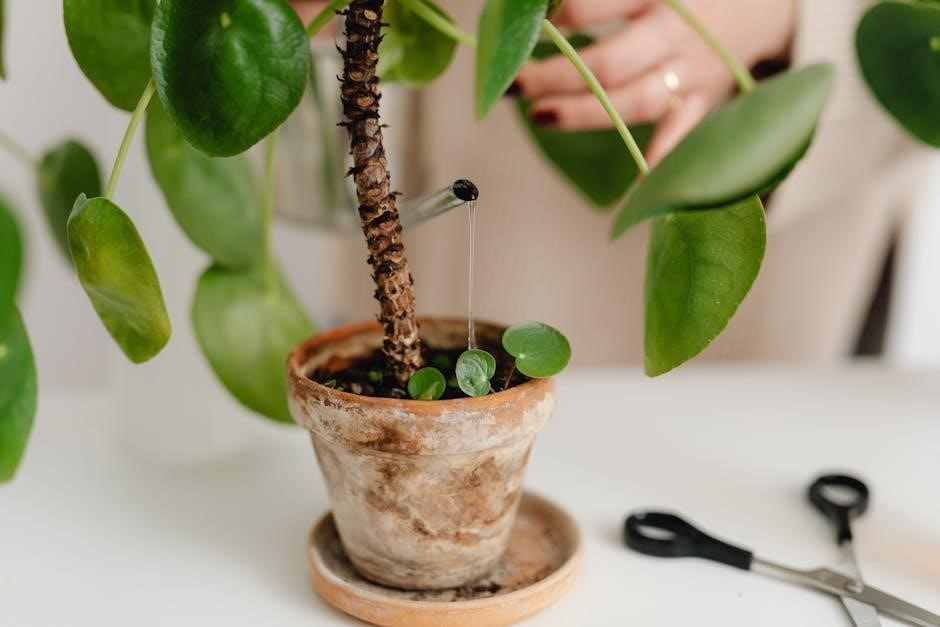
Understanding the Components of a Garden Cube Hydroponic System
A Garden Cube hydroponic system consists of a reservoir, grow chamber, tubing, pump, and nutrient delivery system. These components work together to support plant growth effectively.
Key Parts of the Garden Cube
The Garden Cube hydroponic system includes essential components like the reservoir, grow chamber, pump, tubing, and aeration system. These parts work together to deliver nutrients and oxygen to plants. The reservoir stores the nutrient solution, while the grow chamber holds the plants and growing medium. The pump circulates the nutrient-rich water through tubing to the roots. Aeration systems ensure oxygen reaches the roots, promoting healthy growth. These parts are crucial for maintaining a balanced hydroponic environment and maximizing plant productivity. Proper assembly and maintenance of these components ensure the system operates efficiently, providing plants with the necessary resources for optimal growth.
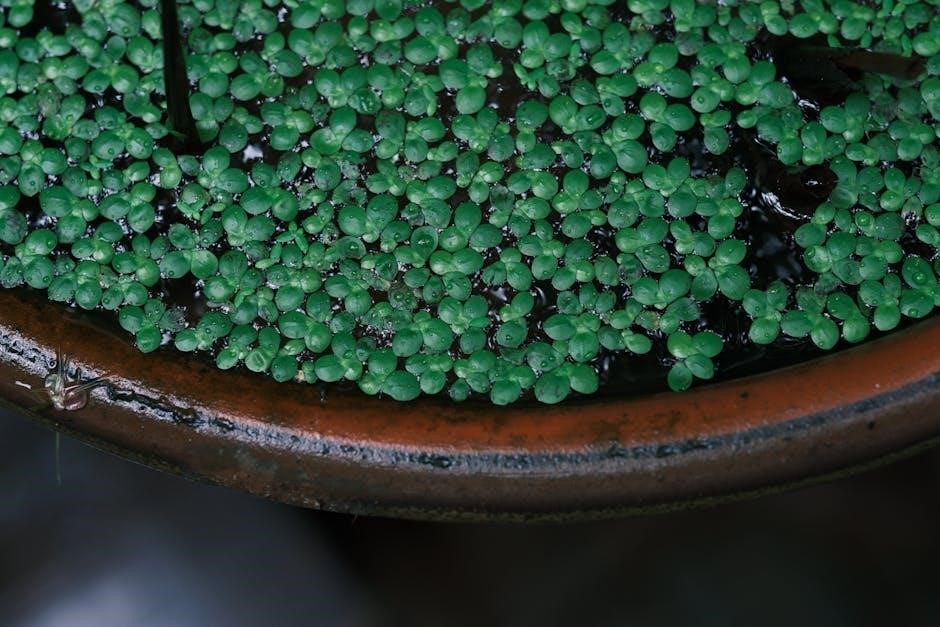
Role of Nutrient Solutions in Hydroponics
Nutrient solutions are the lifeblood of hydroponic systems, delivering essential macronutrients (nitrogen, phosphorus, potassium) and micronutrients (iron, zinc, boron) to plants. These solutions replace the soil, providing a balanced diet for healthy plant growth. The composition of the nutrient solution is carefully formulated to meet the specific needs of plants at different growth stages. Proper pH levels ensure optimal nutrient absorption. Regular monitoring and adjustment of the solution are critical to prevent deficiencies or over-fertilization. By supplying nutrients directly to the roots, hydroponic systems achieve efficient nutrient uptake, promoting robust plant development and higher yields compared to traditional soil-based methods.
Importance of Aeration in Hydroponic Systems
Aeration is critical in hydroponic systems as it ensures oxygen is delivered to plant roots. Oxygen-deprived roots can lead to root rot and poor nutrient absorption. Aeration systems, such as air pumps and diffusers, introduce oxygen into the nutrient solution, promoting healthy root growth. Proper aeration also prevents the buildup of harmful bacteria and maintains a balanced ecosystem. Additionally, oxygenated roots are more efficient at absorbing nutrients, leading to stronger, healthier plants. Without adequate aeration, plants may struggle to thrive, making it a vital component for the success of any hydroponic setup, including the Garden Cube system.
Lighting Requirements for Indoor Hydroponics
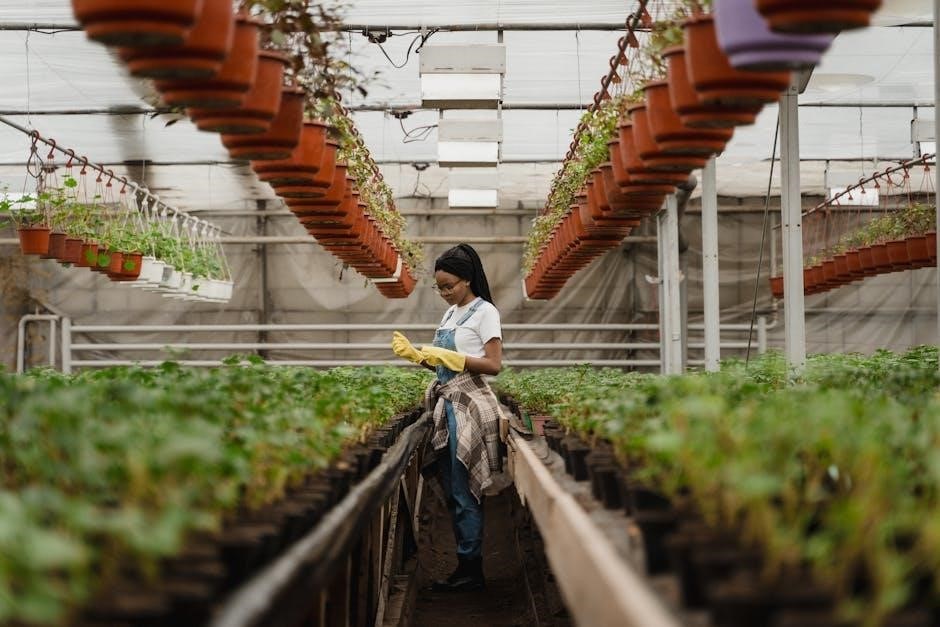
Proper lighting is essential for indoor hydroponic systems, as it directly impacts plant growth and photosynthesis. LED grow lights are a popular choice due to their energy efficiency and ability to emit minimal heat. The spectrum of light should include both blue and red wavelengths to support vegetative growth and flowering. The intensity of the light should be balanced to avoid stressing the plants. A typical setup uses lights placed 12 inches above the plants, with a photoperiod of 14-16 hours for most crops. Using a timer ensures consistent light cycles. Overexposure can lead to stress, while insufficient light results in weak growth. Optimal lighting setups are tailored to the specific needs of the plants being cultivated in the Garden Cube system.
Setting Up Your Garden Cube Hydroponic System
Start by assembling the Garden Cube according to the manufacturer’s instructions. Choose a suitable growing medium like clay pebbles or rockwool. Select plants such as leafy greens or herbs that thrive in hydroponic conditions. Prepare the nutrient solution, ensuring the correct pH and nutrient balance. Set up the delivery system with pumps and timers for consistent watering. Provide adequate lighting, possibly using LED grow lights, and ensure proper air circulation. Monitor the system regularly, adjusting pH and nutrient levels as needed. Start small to gain experience before expanding your setup.
Step-by-Step Assembly Instructions
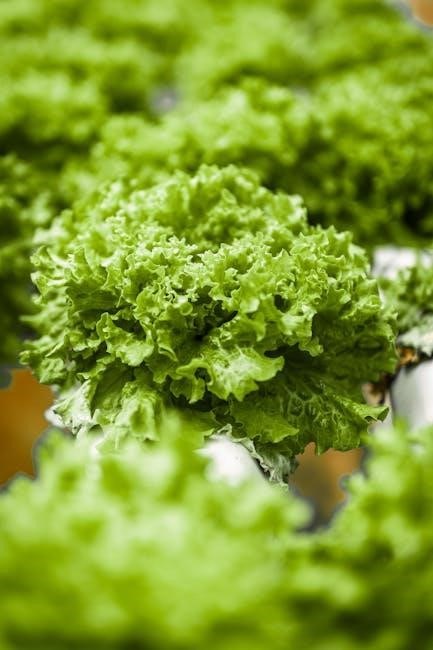
- Begin by unpacking and organizing all components, including the frame, reservoir, pump, and tubing.
- Connect the reservoir to the main frame, ensuring it is level and securely attached.
- Install the pump and tubing system, following the manufacturer’s guidelines for proper water flow.
- Add the growing medium, such as clay pebbles, to the planting channels.
- Place the water tank and connect it to the pump, ensuring a snug fit.
- Secure the lid and attach any additional components like sensors or lighting.
- Connect the pipes and tubes to the distribution system for even nutrient delivery.
- Test the system by running water through it to ensure proper function.
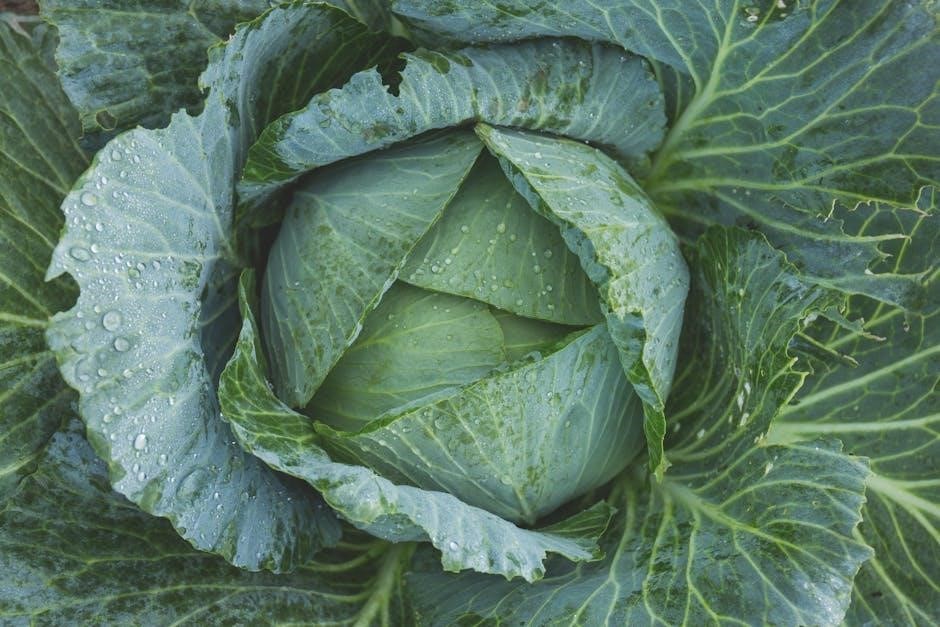
Always follow the provided manual for specific assembly details to avoid errors.
Choosing the Right Growing Medium
Selecting the appropriate growing medium is crucial for a successful hydroponic system. Common options include Coco Coir, Rockwool, and Clay Pebbles, each offering unique benefits. Coco Coir is eco-friendly, retains water well, and provides good aeration. Rockwool, a sterile medium, promotes healthy root growth and excellent oxygen flow but lacks sustainability. Clay Pebbles are inert, reusable, and ideal for water-based systems. Consider factors like water retention, drainage, and pH neutrality when making your choice. For beginners, Coco Coir or Clay Pebbles are recommended due to their ease of use and reliability. Ensure the medium aligns with your plants’ needs and system type for optimal growth.
Plant Selection for Hydroponic Growing
Selecting the right plants for your Garden Cube hydroponic system is essential for a thriving garden. Leafy greens like lettuce, kale, and spinach grow exceptionally well in hydroponic conditions due to their fast growth rates and low space requirements. Herbs such as basil, mint, and cilantro also excel in hydroponic systems, providing fresh flavors year-round. For fruiting plants, cherry tomatoes and compact pepper varieties are popular choices, as they adapt well to indoor growing. Consider the specific needs of each plant, such as light exposure, nutrient requirements, and growth habits. Start with hardy, fast-growing varieties to ensure success, then experiment with more demanding plants as you gain experience. Proper plant selection ensures a productive and enjoyable hydroponic gardening experience.
Setting Up the Nutrient Delivery System
To set up the nutrient delivery system for your Garden Cube, begin by preparing the nutrient solution according to the manufacturer’s instructions. Mix the hydroponic nutrients with water in a reservoir, ensuring the correct pH level for optimal plant absorption. Connect the delivery tubes from the reservoir to the distribution lines, ensuring they reach each plant evenly; Install a pump if required to circulate the nutrient solution consistently. Secure all connections to prevent leaks and test the system by running it for a few minutes. Monitor the flow to ensure every plant receives adequate nutrients. Regularly check and adjust the solution’s strength and pH to maintain plant health and prevent clogging. Proper setup ensures efficient nutrient delivery, promoting robust plant growth in your hydroponic garden.
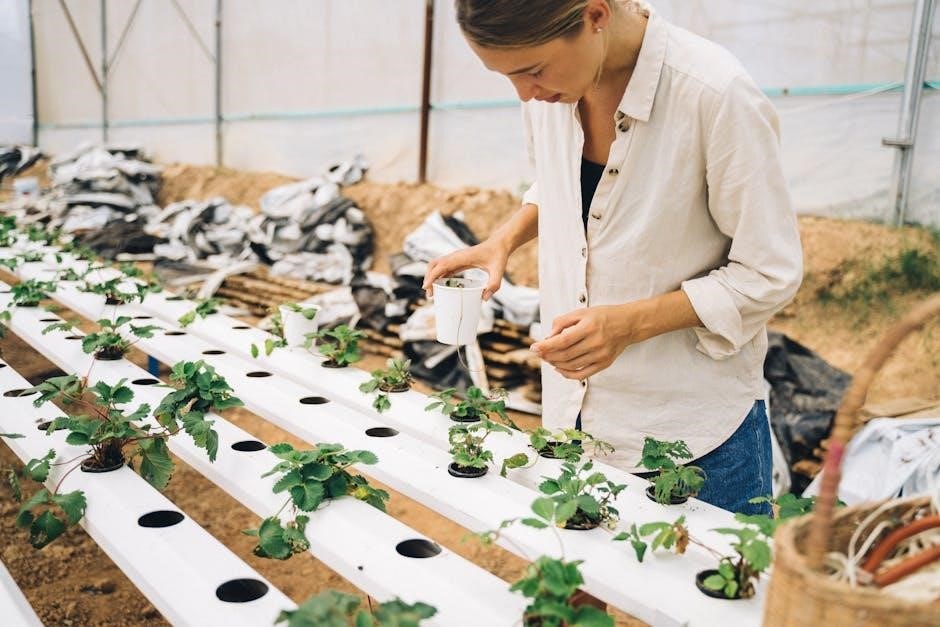
Maintenance and Care for Your Garden Cube
Regular water quality checks ensure optimal pH and nutrient levels. Clean the system regularly to prevent mineral buildup and maintain hygiene. Inspect for leaks or blockages to ensure smooth operation.
Water Quality Monitoring and Adjustment
Monitoring water quality is crucial for maintaining a healthy hydroponic system. Regularly test the pH levels, ensuring they remain between 5.5 and 6.5 for most plants. Use a pH meter or test kit for accuracy. Check nutrient levels to avoid deficiencies or over-fertilization. Adjustments should be made gradually to prevent shocking the plants. If pH levels are too high, add a pH-down solution, and if too low, use a pH-up product. For nutrient imbalances, follow the manufacturer’s instructions to increase or decrease concentrations. Monitor water temperature, keeping it between 18-24°C for optimal root health. Test water daily for pH and weekly for nutrients. Regular water changes (e.g., 10-20% weekly) help maintain a balanced system. Consistent monitoring ensures plants thrive in their hydroponic environment.

Regular Cleaning and Maintenance Tasks
Regular cleaning and maintenance are essential to ensure the longevity and efficiency of your Garden Cube hydroponic system. Start by cleaning the reservoir and pipes to prevent algae buildup and bacterial growth. Use a soft brush or scrubber to remove any debris or sediment. Check and replace filters regularly to maintain proper water flow and aeration. Clean the growing chamber and plant sites to avoid mold or mildew accumulation. Sterilize all surfaces with a food-grade cleaner to prevent contamination. Inspect pumps, aeration stones, and other components for wear and tear, replacing them as needed. Perform these tasks weekly or bi-weekly to keep your system running smoothly and promote healthy plant growth. Consistent maintenance ensures optimal performance and prevents potential issues.
Pest Control in Hydroponic Systems
Pest control is crucial for maintaining a healthy and productive Garden Cube hydroponic system. Common pests like spider mites, aphids, and fungus gnats can damage plants and disrupt growth. Inspect your plants regularly for signs of infestation, such as white powdery spots, eggs, or larvae. Use organic control methods like neem oil or insecticidal soap to treat infestations. Introduce beneficial insects, such as ladybugs or predatory mites, to naturally control pest populations. Avoid harsh chemicals that can harm plants or disrupt the hydroponic balance; Implement preventive measures, such as quarantining new plants and using fine mesh screens to block pests. Regular monitoring and quick action are key to preventing pests from taking over your hydroponic garden. A clean and well-maintained system reduces the risk of pest-related issues.
Pruning and Training Plants for Optimal Growth
Pruning and training plants are essential for maximizing growth and yield in your Garden Cube hydroponic system. Regular pruning helps control plant size, promotes bushy growth, and ensures even nutrient distribution. Remove lower leaves to prevent moisture buildup and reduce disease risk. For climbing plants, use trellises or stakes to train them upward, saving space and encouraging better light exposure. Monitor plant growth and adjust pruning schedules based on the crop type and growth stage. Gentle handling during pruning prevents plant stress, while proper training enhances root development and fruit production. Consistent maintenance ensures healthy, productive plants and optimizes space within your Garden Cube system.
Troubleshooting Common Issues
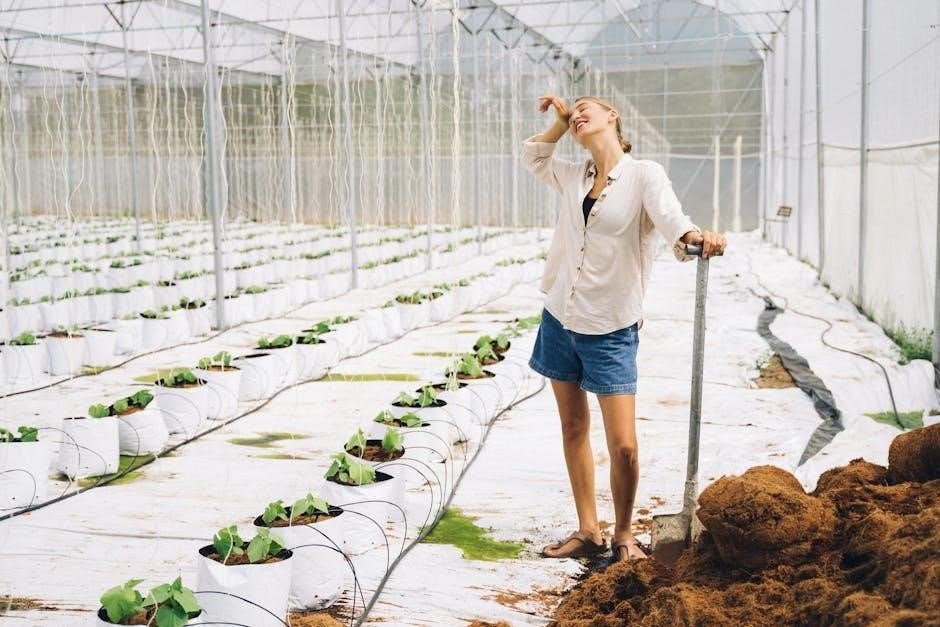
Identify and resolve issues promptly to ensure optimal growth. Common problems include nutrient deficiencies, pests, pH imbalance, and oxygen deprivation. Regular monitoring and adjustments are crucial.
Identifying and Solving Nutrient Deficiencies
Nutrient deficiencies can stunt plant growth and reduce yields. Common signs include yellowing leaves (nitrogen deficiency), discoloration (magnesium or potassium deficiency), or stunted growth (phosphorus deficiency). Test the nutrient solution regularly to ensure balanced levels. Adjust the formula as needed, following the manufacturer’s guidelines. Over-fertilization can also harm plants, so avoid excessive corrections. Maintain proper pH levels (5.5–6.5 for most hydroponic systems) to ensure nutrient availability. Monitor plant health daily and address deficiencies promptly to prevent long-term damage. Regular water changes and fresh nutrient solutions can help mitigate recurring issues. Always refer to your Garden Cube’s user manual for specific recommendations on nutrient balancing and troubleshooting.
Addressing Common Pests and Diseases
Regular monitoring is crucial to detect pests and diseases early in your Garden Cube. Common pests include spider mites, aphids, and fungus gnats, which can damage plants and spread disease. Signs of infestation include tiny eggs, white powdery residue, or flying insects around the roots. For mild infestations, introduce natural predators like ladybugs or use neem oil. Diseases like root rot often arise from overwatering or poor aeration. Inspect roots regularly and replace affected plants to prevent the spread. Ensure proper air circulation and maintain clean conditions to reduce the risk of outbreaks. Treat fungal infections with targeted fungicides and adjust watering schedules to avoid waterlogged systems.
Fixing Issues with Water Flow and Aeration
Water flow and aeration are critical for healthy root development in a Garden Cube hydroponic system. If water flow is restricted, check for clogged pipes or pumps and clean them thoroughly. Ensure the system’s tubing and connectors are secure to maintain proper circulation. Low oxygen levels in the water can lead to root rot and slow growth. To improve aeration, inspect and clean air stones or diffusers regularly. Increase oxygen levels by adjusting the air pump’s flow rate or adding secondary aeration sources. Proper water flow ensures consistent nutrient delivery, while aeration prevents root suffocation. Regularly monitor the system’s performance to avoid water stagnation and maintain optimal growing conditions for your plants.
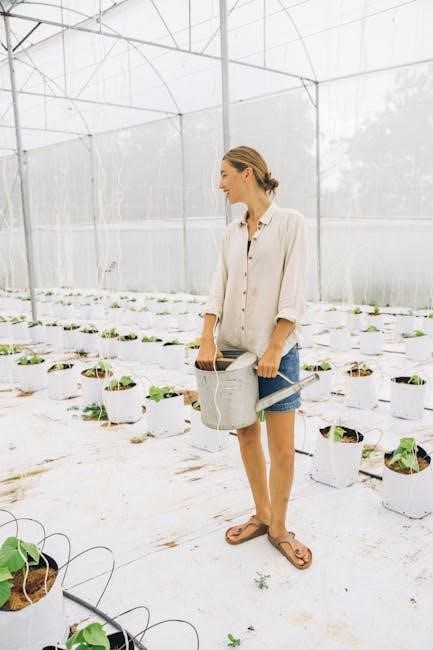
Mastering the Garden Cube system leads to successful harvests. Consistency, monitoring, and innovation are key to thriving in hydroponic gardening. Happy growing!
Final Tips for Successful Hydroponic Gardening
For optimal results in your Garden Cube, maintain consistent monitoring of water levels, nutrient balances, and pH levels. Regularly inspect plants for signs of stress or deficiency. Keep the system clean to prevent clogging and contamination. Experiment with different plant varieties to find what thrives best in your setup. Invest in a high-quality timer for precise light cycles, and consider automating nutrient delivery for efficiency. Stay observant and adapt to changes, as hydroponic systems can be sensitive. Lastly, embrace continuous learning—stay updated on new techniques and technologies to enhance your gardening experience. With patience and dedication, your Garden Cube will flourish, providing fresh produce year-round.
Future Trends in Hydroponic Gardening
The future of hydroponic gardening, including systems like the Garden Cube, is poised for significant advancements. Smart hydroponics, powered by AI and IoT, will enable real-time monitoring and automated adjustments for optimal plant growth. LED lighting technology will continue to evolve, offering more energy-efficient solutions. Vertical and space-saving designs will become more prevalent, catering to urban growers. Sustainable practices, such as using organic nutrients and water recycling systems, will gain traction. Additionally, the integration of renewable energy sources, like solar power, will reduce operational costs and environmental impact. These innovations will make hydroponic gardening more accessible, efficient, and environmentally friendly, paving the way for a greener future in agriculture.

